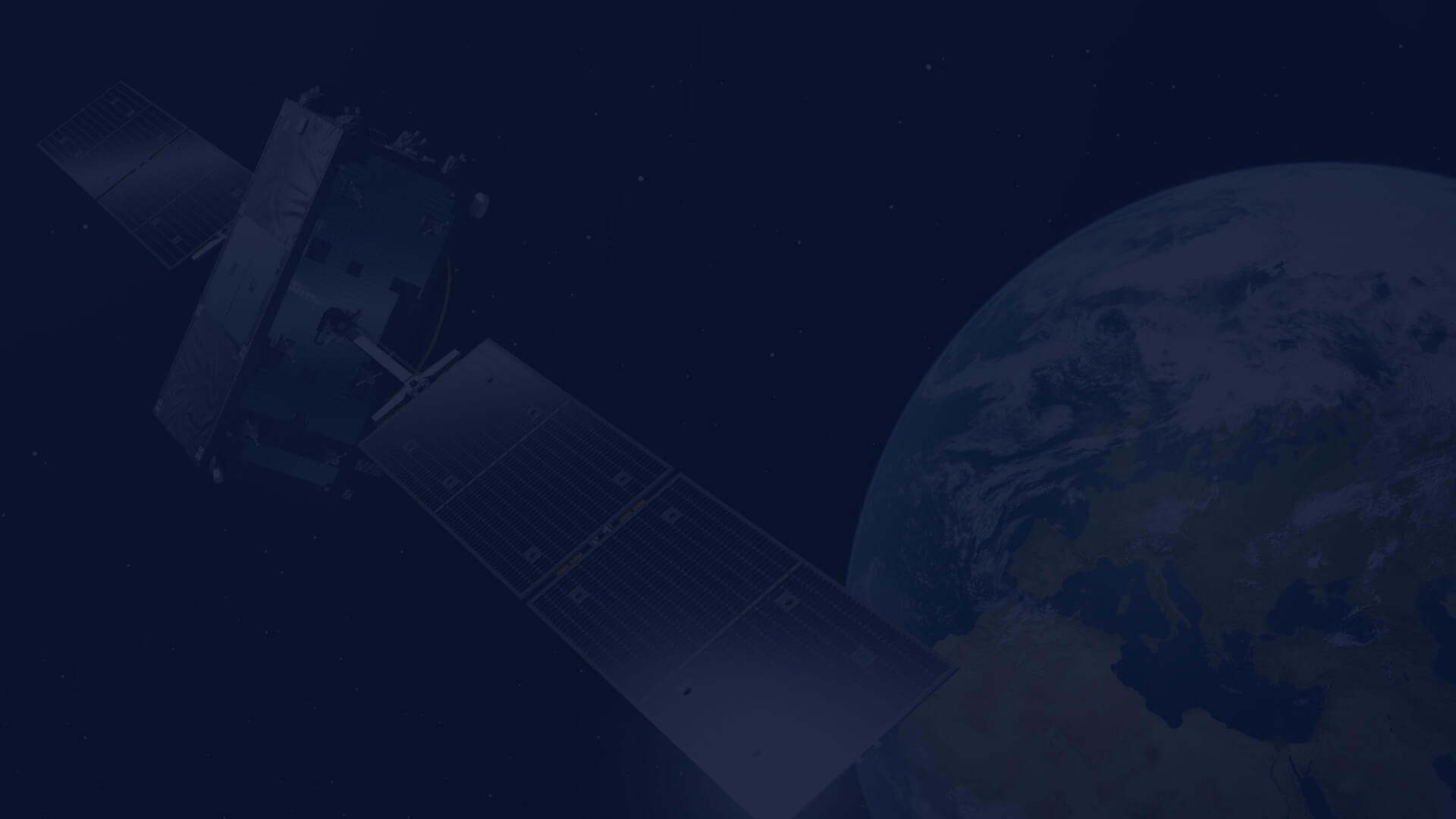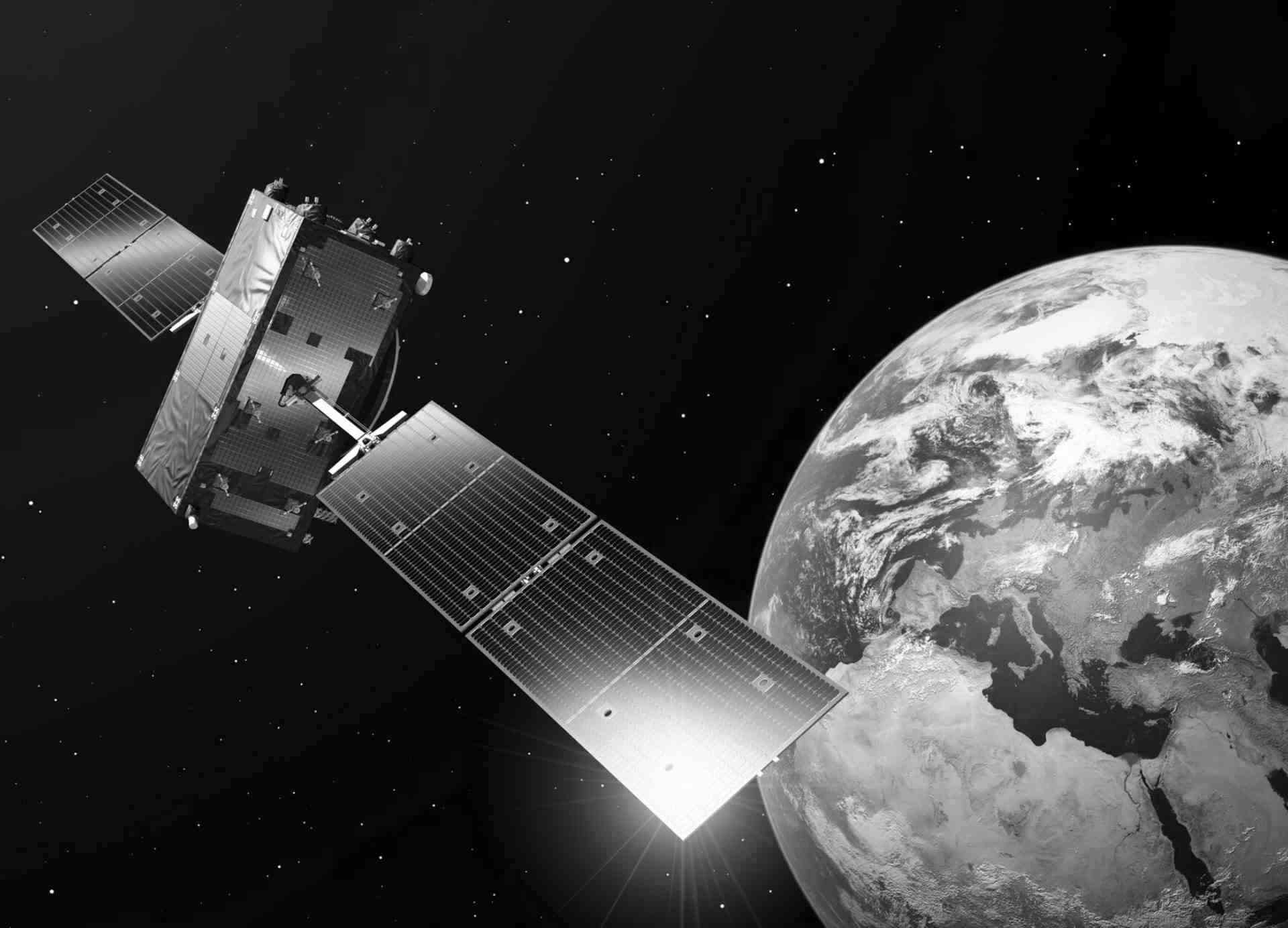Satellite imagery in support of the Common Agriculture Policy (CAP) and crop statistics
Agriculture is a key sector within the European Union (EU) with 177.0 billion EUR revenue in 2020 which contributes to 1.7% of the EU-27’s GDP (Eurostat, 2021). Moreover, food security within the EU and across the globe is becoming a major issue especially from the perspective of climate change and population growth. Frequent droughts combined with natural disasters and unsustainable exploitation of natural resources (e.g. water, soil or biodiversity) lead to agricultural losses and consequently to food shortage. To mitigate these effects a new approach towards management of agriculture is needed. This involves: 1) modification of plants to be more productive and more resilient to unfavourable environmental conditions, 2) effective irrigation practises, 3) effective soil fertilization, 4) crop rotation, 5) biodiversity preservation, and 6) protection against soil erosion. On top of that, the agricultural industry should produce tasty, healthy and affordable food. To answer those needs, the EU has established a Common Agricultural Policy (CAP) which helps European farmers to feed more than 500 million Europeans.
The main aid that the EU provides to farmers are the direct payments which together with other agriculture-related costs account for around 40% of the EU budget. In order to ensure effectiveness of the CAP, agricultural activities have to be monitored at a pan-european scale. This generates immense costs related to “on-the-spot” controls performed by national or regional Paying Agencies (PAs) which are responsible for the direct payments at a country level. To reduce those costs and excessive administrative burden put on the PAs, the EU enforced utilization of satellite imagery to monitor agricultural activities along a vegetation season. In this respect a fleet of the Sentinels satellites contributing to the space component of the EU Copernicus programme provides an excellent tool to control agriculture at the European level. Fusion of 10 x 10 m resolution optical imagery provided by the Sentinel-2 satellite constellation every 5 days with 10 x 10 m radar imagery provided by the Sentinel-1 satellite constellations acquired every 6 days (latitude dependent) allows for derivation of a wide range of crop characteristics at a field scale including: crop type, phenological indicators (start/end/length of a vegetation season), vegetation condition, water stress and estimated crop yield. As could be seen, the potential applications go far beyond the CAP requirements which are focused on:
- crop type classification
- crop diversification
- agricultural activities (tillage/greening/harvesting dates)
- maintenance of permanent grassland and the Ecological Focus Areas (EFAs) including fallow lands, catch crops or nitrogen-fixing plants
- maintenance of vegetation cover for the agricultural fields susceptible to soil erosion
To foster the implementation of the remote sensing techniques within the framework of the Checks By Monitoring (CBM) scheme, which is a part of the Area Monitoring System (AMS), many international projects have been executed under different funding schemes: European Commision (EC), Horizont 2020, European Space Agency (ESA), national grants and commercial funds. In this respect two projects will be presented here. The first project is the Sen4CAP funded by the ESA and performed by a consortium led by the Université Catholique de Louvain. The main objective of this activity was to develop software consisting of validated algorithms, products, workflows and best practices for agriculture monitoring in the CAP framework. The Sen4CAP uses Sentinel-1 and Sentinel-2 imageries combined with in-situ information originating from the Land Parcel Identification System (LPIS) in order to generate the following products:
- Cultivated crop type map
- Grassland mowing product
- Vegetation status indicators
- Agricultural practices monitoring product

The system is fully automated and can be controlled by a web browser interface. The Sen4CAP software is available on the CREODIAS computing cloud which combines a complete repository of Sentinel satellite imagery and ancillary data (e.g. DEMs) with dynamically scalable processing environment.
One of the aims of another project - EOStat: Agriculture Poland: Services for Earth Observation-based statistical information for agriculture - is to support the Paying Agencies (PAs) to fulfill the requirements of the CBM scheme. It was funded by the ESA and executed by the Remote Sensing Centre of the Institute of Geodesy and Cartography (IGiK) in cooperation with the Space Research Centre of Polish Academy of Sciences (CBK). Within the EOStat project the custom software was created based on the synergy of the optical and radar Sentinel imagery in order to generate information about:
- crop type (Figure 2)
- crop condition
- agriculture activities (Figure 3)





The system is fully automated and generates reports which are easily accessible through the Website. This reduces the workload for the PAs to minimum as it is only required to ingest the LPIS data. The EOStat system will be implemented at the Polish Paying Agency ARMA. Moreover, the system is capable of processing enhanced Sentinel-2 imagery featuring resolution of 2.5m x 2.5m (Figure 5) which is available on the CREODIAS platform. This allows for addressing the problem of small and/or narrow agricultural fields (Figure 6) which cannot be processed by means of the standard Sentinels’ imagery (Figure 4) due to too coarse spatial resolution.
The applicability of the Sentinels’ imagery in the agricultural domain goes far beyond the CAP monitoring. Other beneficiaries of pan-European data on agricultural production are National Statistical Offices (NSOs), which have to assess and analyze the agricultural resources. In this respect, the SATMIROL project (Satellite identification and monitoring of crops for the purposes of agricultural statistics) funded by the Polish National Centre for Research and Development (NCBiR) and led by the Statistics Poland (GUS) was carried out by IGiK in cooperation with CBK. Within the project, a custom software was developed and implemented at the GUS to provide information on the spatial extent of a dozen most popular crops. Moreover, the system delivers in-season yield forecasts of winter wheat, maize and winter rapeseed for the Local Administrative Units (LAU) and level 2 of the Nomenclature of territorial units for statistics (NUTS-2) regions. The SATMIROL system combines satellite products generated from intercalibrated MODIS and Sentinel-3 data with agrometeorological indicators that can be derived from the weather station network, climate models (reanalysis) or satellite climatology. All crop yield indicators are analysed in respect to the crop development stage by means of a transformation from ‘calendar time’ to so-called ‘thermal time’, i.e. cumulated daily air temperatures above a crop-specific threshold that approximates the crop development stage. The MODIS imagery is used to extend the Sentinel-3 time series in order to generate long-term averages and temporal anomalies of the satellite-based indices. The generated predictors are used by the Extreme Gradient Boosting regressor to provide up to 6 crop yield forecasts for the LAU and NUTS-2 units along the growing season (Figure 7). Figure 8 presents a comparison of in-season SATMIROL and GUS forecasts versus official statistics for 2020.



In conclusion, it should be emphasized that the Sentinel’s satellite imagery has significantly improved the capabilities of agricultural monitoring at field level on a national or continental scale. The potential applications go far beyond the aforementioned CAP regulations and crop production statistics. However, a common problem for every end-user of Earth Observation (EO) data sets is related to immense data volume that has to be downloaded, processed and archived. This takes a lot of time and generates significant costs which can be reduced by using a cloud computing environment combined with a large EO data archive such as the CREODIAS platform. The exponential growth of a data stream facilitated by new satellites equipped with sensors featuring greater spatial, temporal and radiometric resolutions will ultimately void the inhouse usability of EO data for a regular user. Therefore, the only solution is to switch to cloud computing.
Authors: dr Jan Musiał, dr Jędrzej Bojanowski, Remote Sensing Centre Institute of Geodesy and Cartography

